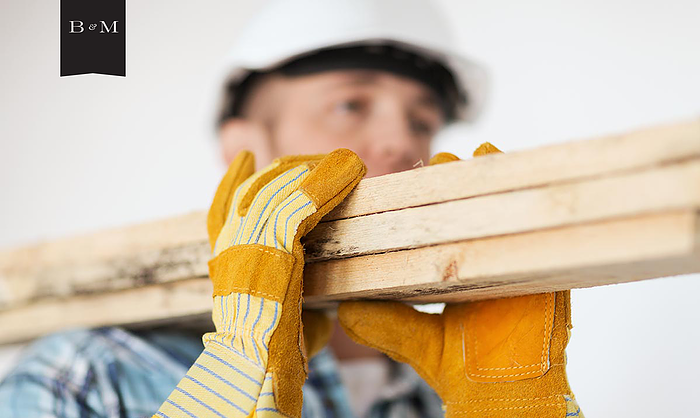4 Tips for Preventing Worker Injuries on Construction Sites
4 Tips for Preventing Worker Injuries on Construction Sites

The construction industry has earned a reputation as one of the most dangerous ones in the U.S., given its high rate of injuries and deaths. In 2014, construction workers were the victims of one-fifth of all fatal work-related accidents, according to data from the Occupational Safety & Health Administration. Tragically, over half of these incidents occurred due to widely recognized dangers. Consequently, it’s critical for construction workers and employers in Irvine to be familiar with these threats and with measures for mitigating them.
1. USE FALL PREVENTION MEASURES
Falls represent the top cause of fatal construction accidents. To reduce the risk of these catastrophic accidents, employees should regularly inspect portable ladders and place them only in stable positions. Employers should cover areas where falls are typically a risk, including floor holes and wall openings. Additionally, to prevent scaffolding falls and collapses, employers should install guardrail systems and build scaffolds in accordance with manufacturer specifications.
Employers additionally should take precautions to reduce the likelihood of serious injury should a fall occur. Employees who are working more than 6 feet off the ground should always utilize fall arrest systems. Additionally, near areas where employees are working at heights, employers should mitigate potential hazards, such as exposed steel rebar that employees could fall onto.
2. IDENTIFY ELECTRICAL HAZARDS
Electrical hazards are the next most common cause of deadly construction accidents. Even if an accident isn’t fatal, electrical shock injuries can cause serious burns, nerve damage and internal injuries. Per OSHA, employees should take the following steps to protect themselves from electrical accidents:
-
Avoid using electrical equipment or cords in ways that aren’t approved by manufacturers or OSHA. Misusing or modifying equipment may create a greater risk of injuries.
-
Conduct regular visual inspections of electrical equipment and grounding. Damaged systems or equipment should be taken out of use until they can be repaired.
-
Be aware of the location of underground or overhead power lines, especially when operating equipment such as cranes.
Employees should also avoid working in close proximity to live power lines; these lines should always be disconnected and grounded first.
3. STOP STRUCK-BY INCIDENTS
“Struck-by incidents” refer to accidents in which various items, from flying particles to falling objects, hit and injure workers. Careful stacking and securing of materials can help prevent these accidents, as can the use of nets and canopies to catch falling debris. Workers should also utilize protective gear, such as safety goggles, to protect themselves from flying debris.
Accidents with vehicles are another type of struck-by incident. To avoid these incidents, workers should be aware of the location of other people when operating large vehicles, and they should wear brightly colored clothing when working near these vehicles. Workers should also inspect vehicle safety systems frequently and observe lift or load capacity limitations.
4. EMPLOYEE SAFER TRENCHING PROTOCOLS
Finally, employers should take several precautions to protect workers while they are performing trench work. Regular inspections, along with careful placement of spoils and equipment, can reduce the risk of collapses. Employers should also periodically test for hazards such as low oxygen levels or toxic fumes. Finally, employers should maintain safe and reliable routes of egress at all times.
SEEKING HELP AFTER ACCIDENTS
Although these measures can mitigate many risks that exist on construction sites, they may not prevent every accident. Given the devastating impacts that these accidents frequently have, construction workers who have been harmed on the job may benefit from consulting with an attorney. An attorney may be able to help a worker document the accident and pursue recompense that is appropriate given the injury.


